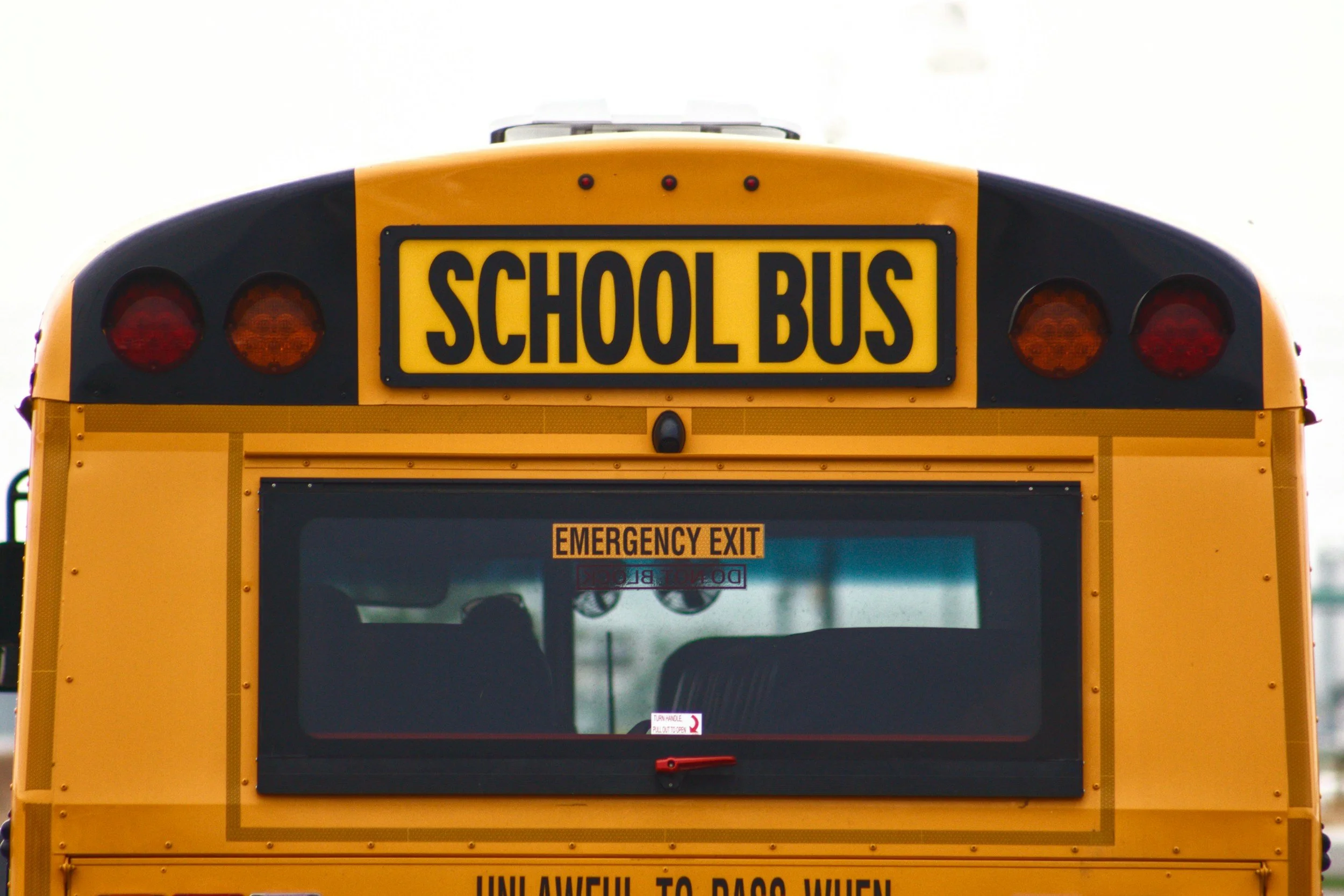
EduByDesign Blog

What story is your school really telling? Transform school culture with these strategies.
For teachers and school leaders, those who have succeeded at the ‘game’ of school, it can be particularly uncomfortable to conduct this disruptive exercise – either in thought or as practical activity in school. The provocation can be made less painful by removing binary ideas of ‘right’ or ‘wrong’ and instead seeing what is. ‘Space’ is a good in-road in seeing ‘what is’, practices and policies are inherently contestable, where as space feels actual and a grounded starting point to consider.

Teaching in Beta: Learning to Trust the Mess
That quiet resistance that creeps in before the lesson, the project, the page. The inner critic that whispers, “What if this doesn’t work?” or worse—“What if this shows I’m not good enough?” is essentially our own narrator, identifying that we are in a new position. At the start of something. And yet, as educators, we ask students to start every single day. We ask them to try, to stretch, to create—and we hope they trust us enough to take those risks.

The Science of Self-Directed Learning: How Routines Shape Our Brains for Curiosity and Inquiry
In inquiry-based classrooms, students don’t just answer questions—they ask them. By engaging students in open-ended questions and reflection, we put them in control of their learning. Trevor MacKenzie’s work on question competence highlights how students can develop this skill through regular practice. Teachers can help by using simple yet powerful strategies like provocations and student-generated questions, allowing learners to explore topics that matter to them.

When Vision Leads: What Systems Leadership Really Looks Like in Schools
In leading his school community, John Falino didn’t begin with a pitch for any particular model. He began by inviting conversation. Together, with his team they asked, “What do we value in education?” Then, they aligned their curriculum, instruction, and professional learning to reflect those answers. Teachers weren’t just trained—they were included. They were invited to become designers of learning, grounded in real-world skills and a shared purpose that made sense. And, most importantly, they were afforded the time, the resources, and the professional learning opportunities to make it possible. Everything working together.

Mapping the disconnect: School life vs. Real life
I would often say to my students it’s a shame that your school life and your after school life look very different. My students would smile and always nod in agreement. They totally agreed. They taught me to keep coming back to… Why are we doing this? To help them to think about the relevance. I would say to them, Bare with me, we have to play school a little bit, and then we can get back to the fun stuff.

Joy-Powered Teaching: The Secret to Unlocking Student Engagement and Success
The very human response to the experiences of joy, curiosity or pride is the activation of the prefrontal cortex – essential for the development of attention, memory and decision making in the brain’s executive function centre.
One of the most important roles teachers will continue to play is in fostering joyful learning environments, that keep a focus on emotional wellbeing and opportunities for connection – both cognitive and interpersonal, to support all learners navigating increasingly complex and uncertain times.

Igniting joy in learning
Too often, joy is dismissed as “fluff” in education — a distraction from standards or outcomes. But research tells a different story. Emotionally engaged students retain information longer, transfer knowledge more effectively, and are more willing to take academic risks.
-
Chad
Lower
- May 2, 2025 Mapping the disconnect: School life vs. Real life May 2, 2025
-
Chantell
Wyten
- Jul 29, 2025 What story is your school really telling? Transform school culture with these strategies. Jul 29, 2025
- Apr 28, 2025 Joy-Powered Teaching: The Secret to Unlocking Student Engagement and Success Apr 28, 2025
-
Phil
Evans
- Aug 21, 2025 Raising Generation Alpha as Future Ancestors Aug 21, 2025
- Jun 4, 2025 What Systems Know: Building Schools That Learn Together Jun 4, 2025
- May 20, 2025 Teaching in Beta: Learning to Trust the Mess May 20, 2025
- May 18, 2025 The Science of Self-Directed Learning: How Routines Shape Our Brains for Curiosity and Inquiry May 18, 2025
- May 7, 2025 When Vision Leads: What Systems Leadership Really Looks Like in Schools May 7, 2025
- Apr 22, 2025 Igniting joy in learning Apr 22, 2025
- Sep 30, 2024 Welcome to Education by Design: Crafting the future of learning Sep 30, 2024